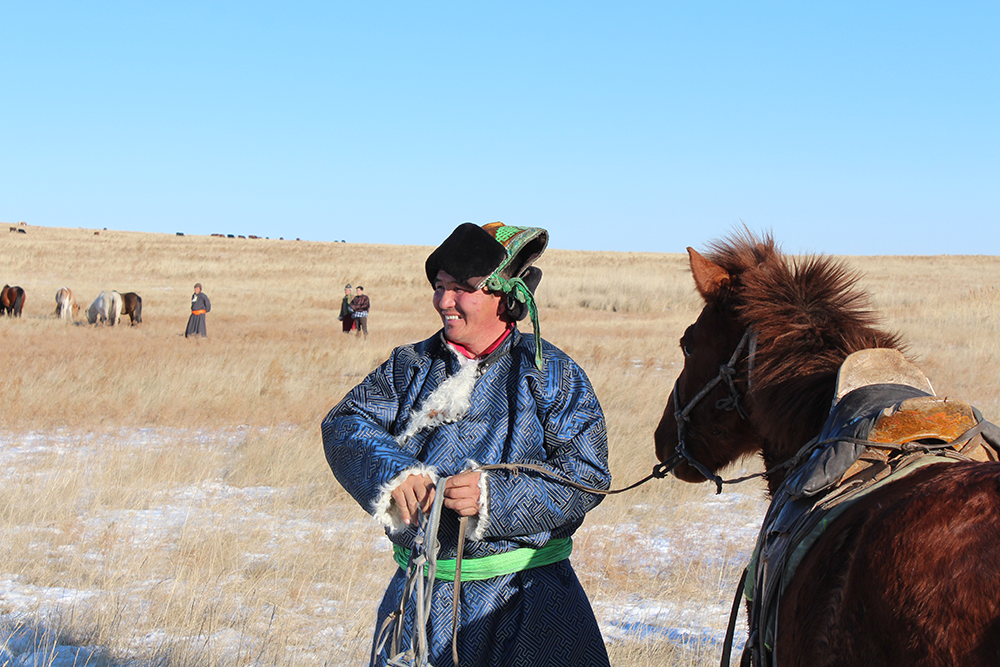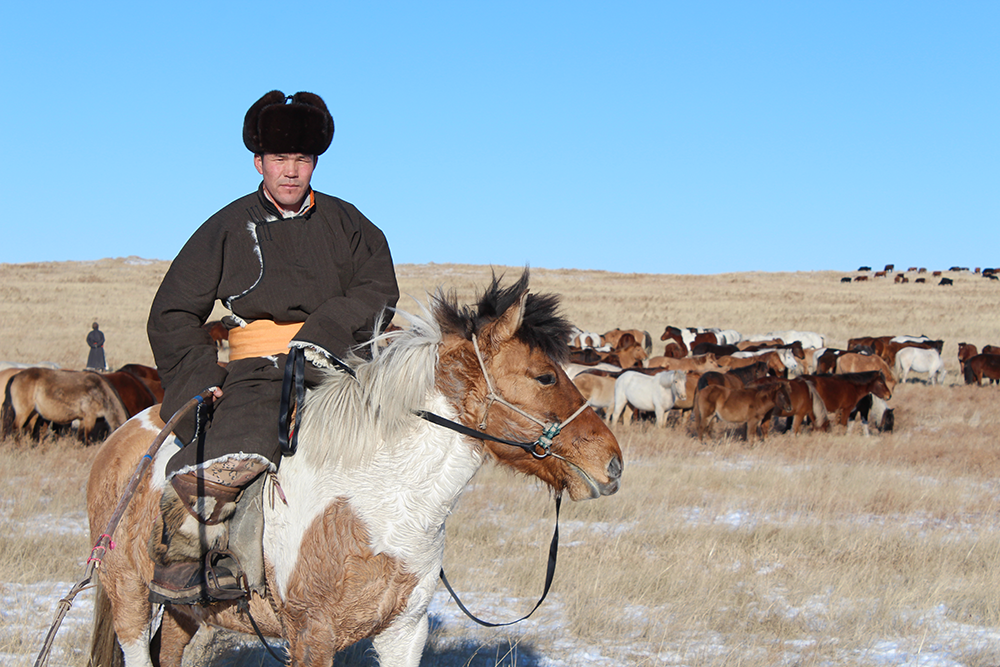
Mongolia, known for its nomadic lifestyle, has a historical tradition of seasonal movements, with nomadic people relocating 4-6 times a year based on livestock pasture conditions. The five domestic animals—sheep, horse, cow, camel, and goat—are integral to Mongolian life, spanning the diverse regions of forest, steppe, and the Gobi desert.
Despite the impact of urbanization and modernization, Mongolian nomadic traditions endure. The traditional dwelling, the ger, is a key element, with its door consistently facing south. The interior arrangement reflects cultural norms, with the north being a place of honor, the west designated for men, and the east for women. The central stove holds significance, and entering the ger without stepping on the threshold is a sign of respect.
Distinctive features of traditional Mongolian culture include the deel, a vibrant silk gown worn by both men and women, often complemented by a contrasting sash for men. The Lunar New Year celebration, Tsagaan Sar, involves family feasts, visits, and adherence to ancient rituals, emphasizing respect for elders.
Protecting ancestral heritage is evident through the practice of exogamy, discouraging marriage within the clan. Family tree charts, once banned in 1925, have been reinstated, with clan names now recorded on official documents. Mongolian citizens have three names: a clan name, a patronymic based on the father's given name, and a given name.




